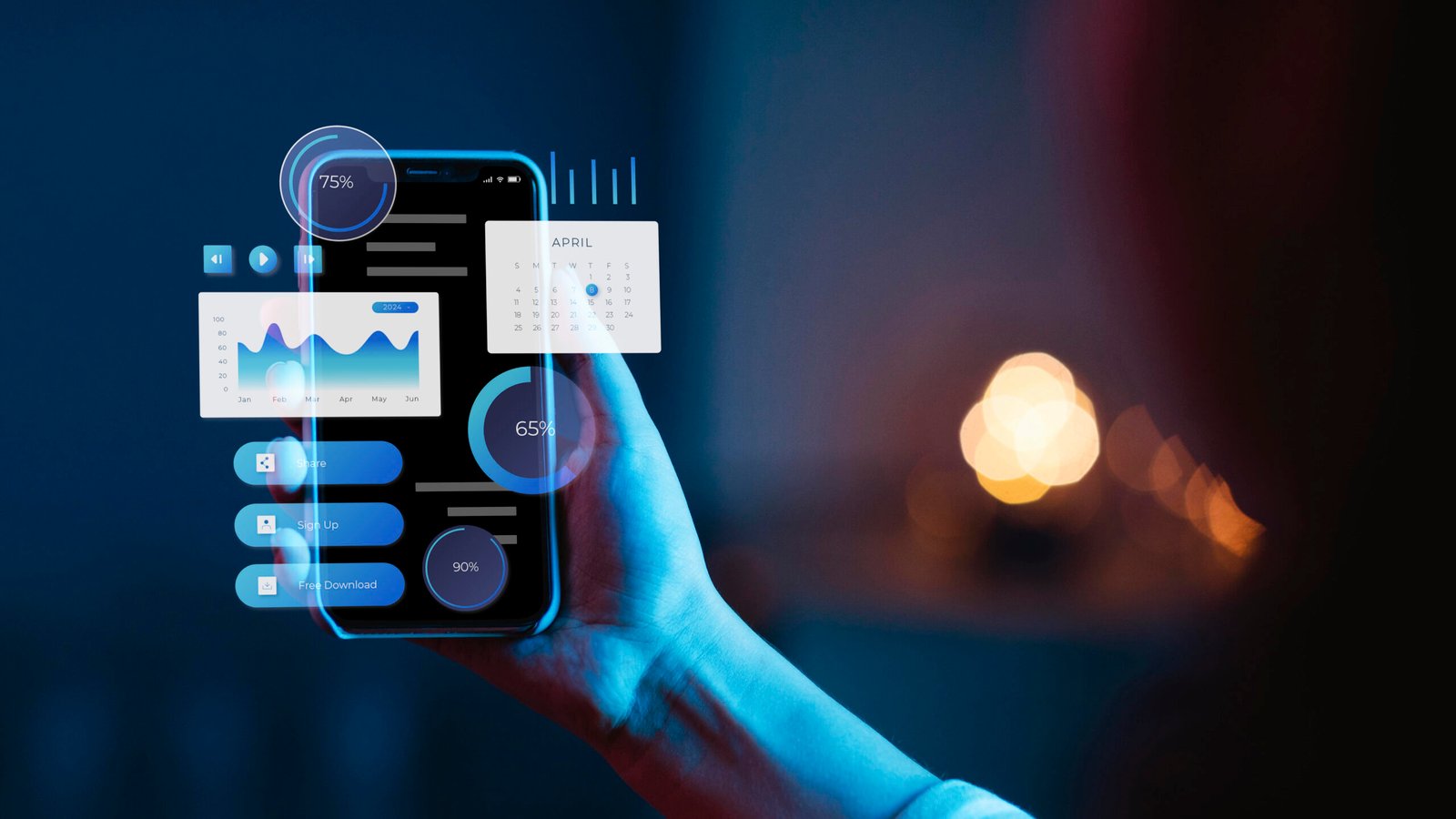[rank_math_breadcrumb]
Facebook
Instagram
Linkedin
Top 5 Benefits of Mobile Apps in Education
Mobile apps have caused a significant upheaval in the education sector. These days, very few students would choose mobile apps over PCs. Students may now easily access the information anytime and from anywhere they choose thanks to smartphones. These are just a handful of the numerous services that mobile applications offer, including learning, assessments, quizzes, and more. Not only has this increased enjoyment, but it has also improved the pupils’ overall performance.

-
Simplicity of Learning
It is undeniably evident from eLearning that this type of instruction would allow students to access the content from anywhere at any time. Even after leaving the school grounds, participants in the learning process can continue to access materials for an extended period of time. Teachers can engage with their pupils virtually through assessments, online chats, and other resources like educational movies.
Furthermore, allowing students to work independently and at their own pace will increase their engagement in the learning process. Additionally, users can utilize the apps to communicate with anyone on the planet in order to learn as much as possible. All they require is a steady internet connection and a smartphone or other compatible device.
-
Advanced Methods of Learning
One of the main advantages of mobile apps for students is that they focus directly on their psychology, which helps them understand the content and see it in a different light. The software provides kids with challenging puzzles, brainteasers, and other educational tasks to aid in their comprehension of concepts. The majority of pupils favor teaching via audiovisual means.
Because kids are receiving this fresh learning environment without having to work too hard, they are enthusiastic and ready to learn.
-
Content With Diversity
There is no denying the abundance of content available online. This also holds true for the options available to users in terms of choosing their favored platforms. People can easily access the content at any moment they choose because it is available in such a vast range. They are allowed to make their own choices and have the power to convince a substantial number of people from all over the world to visit it for a range of issues or themes.
Because there is so much information available, this is where you can differentiate yourself from the throng. Both your content and your app have the potential to be unique and inventive.
Using the most contemporary frameworks and programming languages that complement your learning or educational app and optimize the created app’s appearance is, in fact, one of the finest ways to accomplish this.
-
24 x 7 Availability
Apps for education are widely available, unlike traditional institutions. As a result, learning with mobile apps does not need a rigid timetable; instead, students can study whenever and wherever they choose.
Furthermore, because pupils cannot focus for extended periods of time and are frequently distracted, time-bound training is useless. Educational applications are the best in this sense since they are available to students around the clock and they can be used whenever they need them.
The best part is that many of these apps are so enjoyable that youngsters look forward to utilizing them in their spare time. People frequently acquire new abilities without even recognizing it, and this is the main goal of education.
-
Learning Through Videos
In line with a Visual Teaching Alliance study,
1.36,000 visual messages may be detected by human eyes in an hour.
2.By its very nature, 90% of the information that is sent to the human brain is visual.
3.Visuals are processed by our brain 60,000 times faster than words.
4.Forty percent of the participants react more favorably to visual data than textual data.In today’s media ecosystem, it would therefore not be incorrect to state that, in addition to new book reviews, videos are new books. With the aid of apps and video editing tools, students may create captivating videos that captivate viewers and enable them to study historical texts in a way never possible.
Furthermore, adults learn best when they see and hear things, learn about them, and then remember them, claims a report from Living Laboratory.